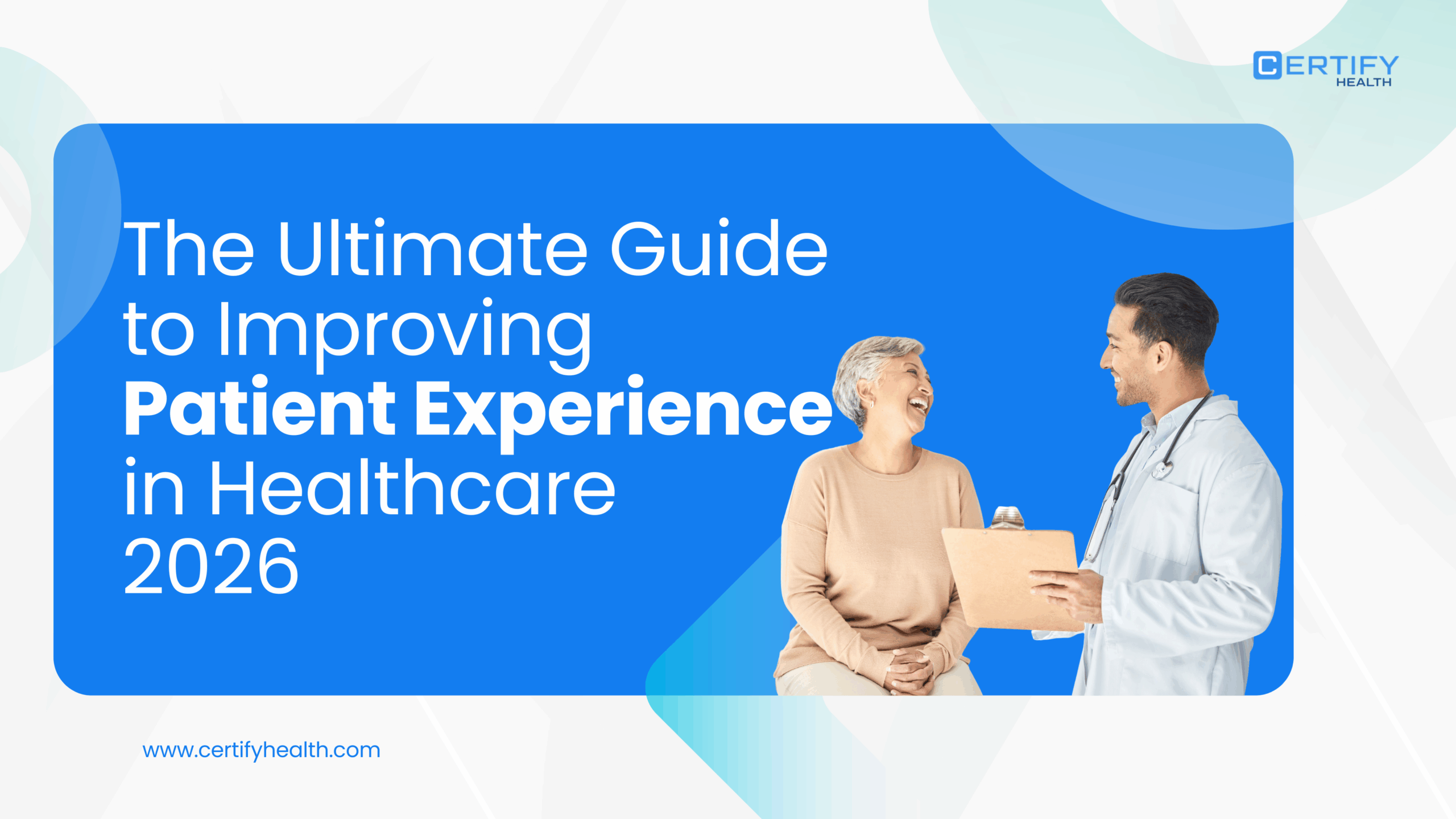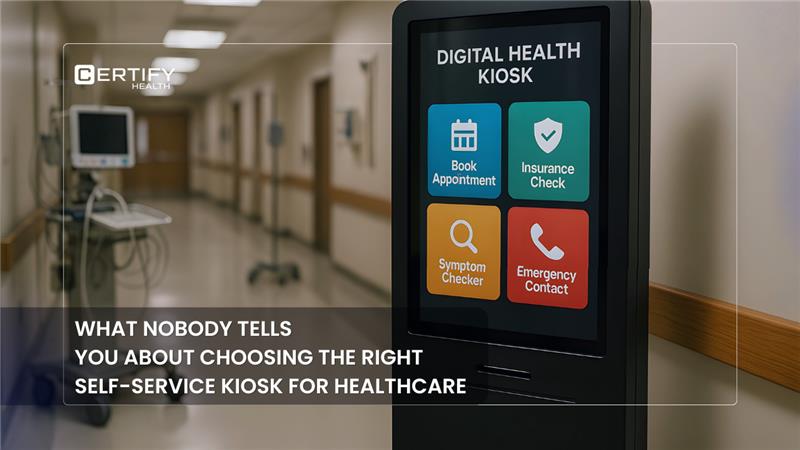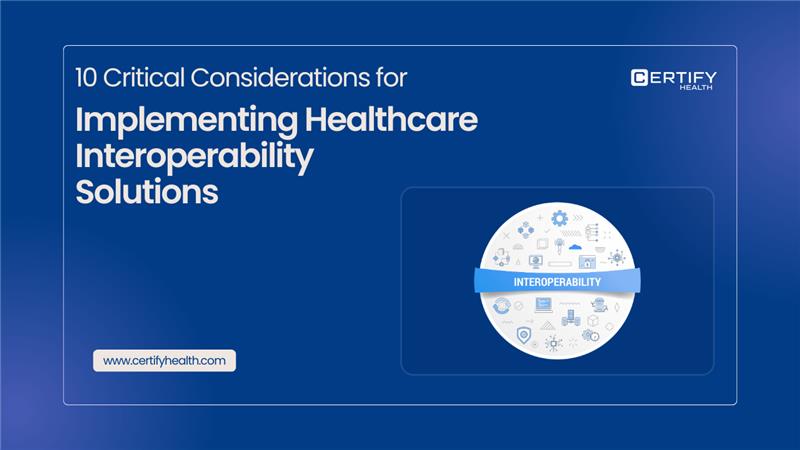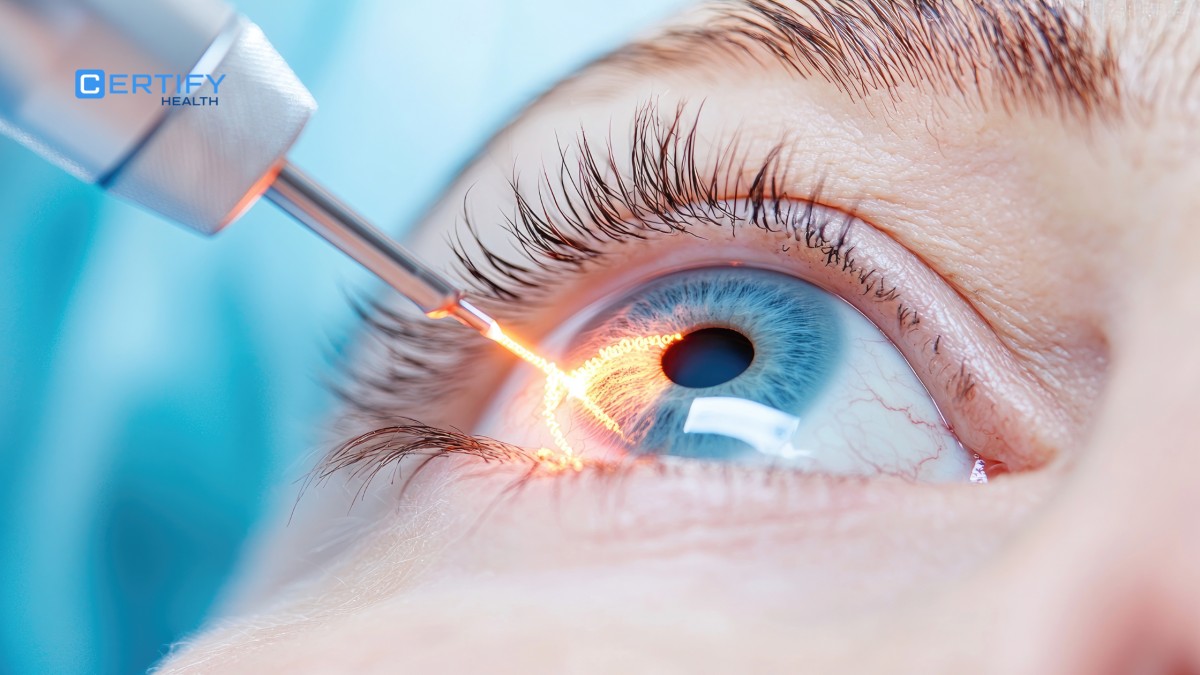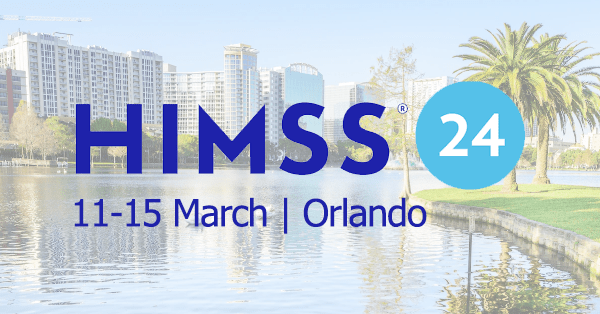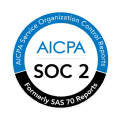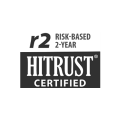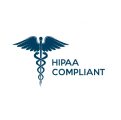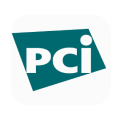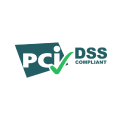Table of Contents
Introduction
Miscommunication during patient handoffs causes 80% of serious medical errors and contributes to millions of preventable deaths every year. Can you imagine how important patient communication is in the healthcare landscape?
But even in 2025, healthcare providers are relying on outdated communication methods like phone calls and voicemails. It’s high time to think of improving patient communication to avoid missed appointments, misunderstandings, delays in treatment, staff burnout, poor patient experience, and compromised care.
In this blog, we take a look at 12 effective strategies to improving communication in healthcare. But first, take a look at what is patient communication, its elements, and why it matters.
What Is Effective Communication in Healthcare
In the end, effective communication with patients centers around trust, clarity, and connection. It implies more than just words being spoken; it ensures that the patients feel listened to, appreciated, and supported at every stage of their healthcare processes.
To patients, it means:
- They are at ease when talking about sensitive health issues.
- That the doctor cares and fully comprehends the situation.
- That they get answers in simple terms instead of complicated phrases.
To healthcare providers, it means:
- They are paying attention to the patients and not merely waiting for the patient to finish speaking.
- They are actively giving their patients the knowledge to understand their diagnosis and treatment options.
- They create trust through openness, compassion, and kindness.
The integration of healthcare sought should not only just rely on speaking; instead, there is a more proactive involvement to ensure that patients leave feeling appreciated, educated, and ready to manage their healthcare.
Types of Communication
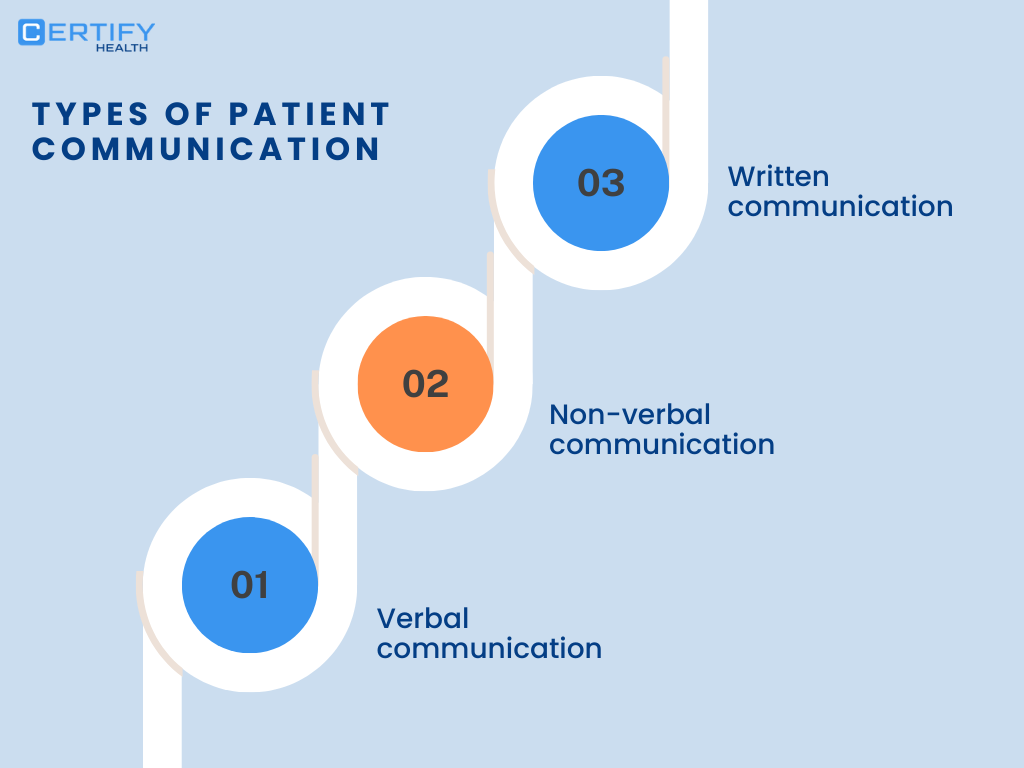
Verbal Communication
Ever walked away from a conversation having no idea what just occurred? Consider how a patient might feel when medical jargon flies by. Healthcare communication isn’t about speaking; it’s about making sure patients really get it.
A great conversation can calm an anxious patient, establish trust, and make it seem manageable to understand complex health information. But a hasty or confusing explanation? That makes them feel confused and reluctant to continue with treatment.
In the next sections, we’ll dive into how to make verbal communication more effective—so patients walk away feeling confident, not confused.
Non-Verbal Communication
Sometimes, there’s more value in what’s unspoken than said. A reserved look, arms crossed, or a guarded look can express just as much—perhaps even more—than what a patient literally says.
Most folks get nervous around medical people. They may try to minimize complaints, be unwilling to ask a question, or lack the right words to phrase concern. Their body language? You can see if they’re being honest and let it sink in.
In the next section, we’ll explore how healthcare providers can use non-verbal cues to strengthen patient interactions—making every conversation feel more open, supportive, and reassuring.
Written Communication
Not all patient interaction occurs face-to-face. Indeed, what gets written down—prescription, follow-up reminder, or medical history questionnaire—may have a greater effect than words spoken in an office visit.
Consider it—patients may be bombarded in a visit, receiving much information at once. But then, when they refer to written information, that’s where things become clear (or unclear).
The challenge? Not everything in writing is successful. If prescriptions and medical directives are confusing, technical, and poorly readable, patients can wind up misinterpreting their therapy, missing dosages, or taking unnecessary mistakes.
So how can healthcare providers ensure their written communication truly helps? We’ll dive into the key principles that make written communication clear, accessible, and useful—so patients leave with more than just words on a page, but real guidance they can trust.
Now that we’ve covered the different types of co
Key Components of Effective Communication
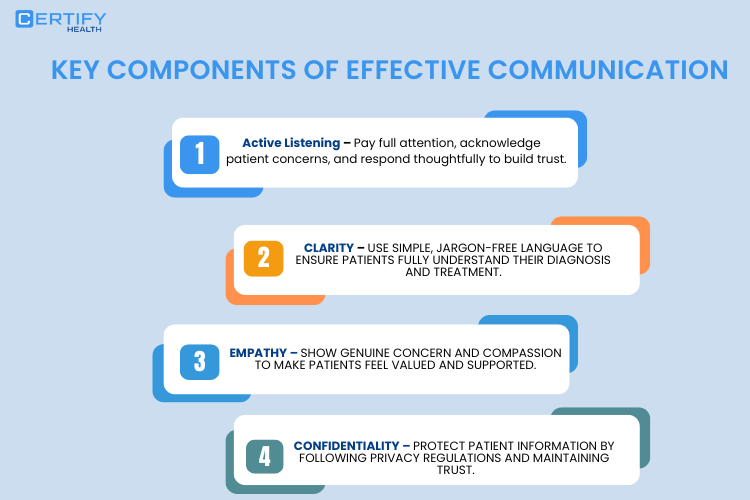
Effective communication in healthcare relies on key components like active listening, clarity of information shared, empathy, and confidentiality. Let’s understand them in depth:
Active Listening
Clarity
Empathy in Patient Communication
Being kind is just one part of understanding patients; another part is really getting what health issues your patient has and seeing them as real. When patients think that their healthcare provider cares about them for real, they are more likely to talk about their symptoms, worries, and what they hope for. Empathy helps not only in getting better diagnosis and treatment results, but also in making a strong connection between the patient and the doctor.
Confidentiality in Patient Communication
The Importance of Communication in Healthcare
Enhanced Patient Experience
Patients feel confident and less anxious when they understand their condition and treatment plan better. So, having a clear communication opens door for a sense of empowerment, and enhance patient experience by making them feel heard and valued throughout their journey.
Improved Healthcare Outcomes
Miscommunication in healthcare leads to poor adherence to treatment plans, medical errors and more. But effective patient communication promotes clear understanding of the patient issues, diagnose well, discuss medical procedures, follow-up care, and adherence to treatment plan. This results in better health outcomes and fewer preventable complications or readmissions.
Building Trust
Transparency is the foundation of trust. Stronger patient-provider relationships are made when medical professionals engage in open communication, simplify medical situations, and involve patients in decision-making. Increased patient retention, more new patients (through word-of-mouth), and an enhanced overall healthcare experience are all results of this trust.
Enhanced Staff Coordination
Healthcare communication is not limited to patient-doctor communication, it requires seamless communication with entire team from staffs to assistants and nurses. Clear communication between patients and other staff members ensures smooth workflow, less billing errors, and improved patient safety.
To learn how does effective communication improve patient outcomes check out our blog on: Why Patient Communication is Key to Better Healthcare Outcomes
12 Strategies to Improve Patient Communication in Healthcare
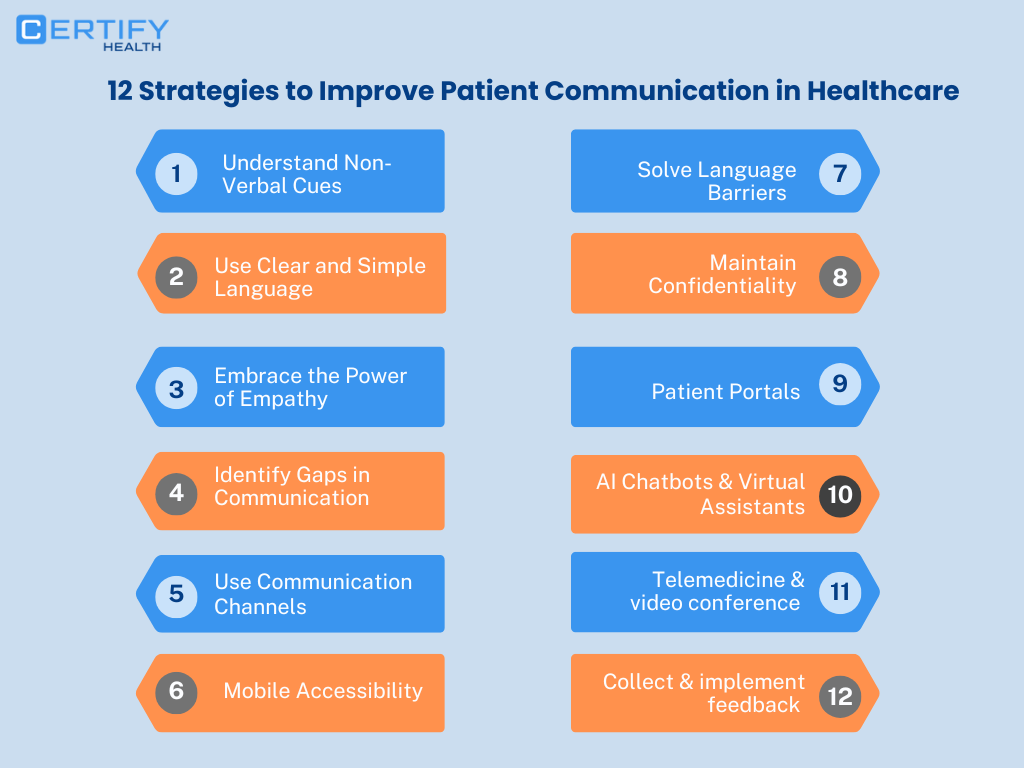
1. Understand Non-Verbal Cues
Not everyone is good at expressing themselves, but body language speaks volumes than words. A lack of eye contact, nervous fidgets, or hesitation look on face or body movements can reveal how your patients are feeling. Therefore,
- Pay attention to patient’s facial expressions, gestures, and postures: A patient nodding back doesn’t always mean they understand what you said. Try to notice their expressions or gestures for more clarity.
- Maintain eye contact and open body language: Eye contact plays a big role in gaining patients’ attention and trust, as when you do so, it makes them feel engaged and heard.
- Look for signs of discomfort: When patients are in front of you, look for signs of hesitation, as this indicates that they need more attention and still need you to build trust with them to make them feel comfortable.
By tuning into these subtle cues, you can get to know your patient’s concerns and make them feel truly heard.
2. Break Down Complex Information Effectively
Medical jargon can be quite confusing for patients, and at times, they might misunderstand instructions. How will they follow their treatment plans properly if they don’t understand what you are saying?
Example:
- You said: “you have hypertension and need to monitor systolic and diastolic readings daily.”
Do you think, patient will understand you?
- But then you say: “You should check your blood pressure every day to keep it under control because it’s high.”
Definitely patient will understand you.
This is just an example; you know what we are trying to say: Use clear and simple language when communicating with patients.
To do this, break down complex terms into simple language, encourage patients to ask questions or confirm if they understand everything, or use visual aids or digital tools to explain their condition better.
3. Embrace Empathy
This applies not just to doctors but also to staff and nurses. You need to deal with patients empathically. A little empathy can make patients trust you and follow their treatment plans more effectively.
To understand your patients and to show empathy, you need to put yourself in their shoes and feel how your patient feels.
- Try to listen without interrupting and acknowledging their concern.
- Use phrases like “I know how challenging or difficult this situation might be for you.”
- Be patient and reassuring when dealing with emotional or anxious patients.
Patients who feel understood and supported are more likely to trust their providers and openly share their concerns.
4. Identify and Address Gaps in Communication
Many healthcare organizations use outdated patient communication methods, leading to unnecessary delays and confusion. To identify the gaps, ask yourself these questions:
- Are appointment reminders getting lost?
- Are patients struggling to get clear answers?
- Do patients complain about long response times?
Use digital tools like CERTIFY Health’s patient communication platform to fill these gaps. Set up automatic reminders for appointments and allow two-way texting to easily remind patients that you care for them, answer their questions, and help them stick to their treatment plans with better support.
5. Choose the right communication channels.
Today, several methods of communication are available – SMS, messages, calls, and emails. Patients rely on different channels for communication, so healthcare providers must adopt a multi-channel approach for better accessibility. Use –
- Social media – Good for sharing common health tips, clinic news, and teaching patients.
- WhatsApp & SMS – Good for reminding about appointments, checking in after visits, and answering quick questions.
- Website – A well-made website with FAQs, contact details, and portals for patients makes it easier to get to.
- Phone Calls – are still crucial for in-depth discussions, urgent matters, and elderly patients.
Now, you might ask – which channel should you focus on more? That depends on your patient demographics! Younger patients prefer text-based communication, while older patients prefer phone calls.
CERTIFY Health supports omnichannel communication, ensuring that patients receive information in the best way for them (SMS, Email, or Messages), improving engagement and satisfaction.
6. Leverage Mobile Apps for Better Access
Today, people rely on their smartphones, from ordering food to looking for medicines. A patient portal that works well on mobile phones makes it easier and quicker for both patients and doctors to talk. So, use technology to give your patients the power to:
- Online schedule appointments anytime, anywhere.
- Access to test results and prescriptions in real time on their mobile.
- Communicate with providers through telehealth options or virtual consultations.
A well-optimized mobile experience ensures patients stay informed and engaged with their healthcare journey.
7. Solve Language Barriers
Language barriers can sometimes hinder patient communication. These barriers can often lead to confusion, misdiagnosis, and even the patient’s move to other providers since you cannot better help them.
How to improve multilingual patient communication is the question. To answer this, there are several digital tools available that offer a way to communicate with patients through multilingual support.
Secondly, interpreters should be available for virtual consultations and in-person meetings. You can also leverage translated materials for treatment instructions and FAQs. Ensuring patients understand their care in their preferred language builds trust and improves adherence to treatment plans.
8. Prioritize Patient Confidentiality
Patients prefer healthcare providers who offer better security options to safeguard their personal and health information. Data privacy is a non-negotiable aspect of patient communication. Therefore, use communication tools that are HIPAA compliant and adhere to other important data protection regulations.
Use communication platforms with strong encryption, and teach your staff how to protect privacy to avoid data leaks. Safe systems help patients feel comfortable sharing their worries, which leads to better involvement and trust.
Innovative Technology for Seamless Patient Communication
9. Patient Portals
Patient portals help a lot to achieve effective communication in healthcare. You can use them on phones, tablets, or computers. With these portals, patients can quickly see updates on their lab tests and lots of health info. They also make it easy to talk to their healthcare providers.
These portals make it easy to set up appointments online, which means less waiting at the doctor’s office. When a patient makes an appointment, they get reminders when it’s almost time for it.
Through these portals, patients can ask questions about their health, ask for more medicine, or talk through messaging apps, email, or SMS that keep their information safe under HIPAA rules.
With CERTIFY Health’s patient management platform, practices can streamline patient scheduling, intake, check-ins, insurance verification, communication, and more. Eliminating unnecessary phone calls and paperwork empowers patients and providers to take charge of their health.
10. AI Chatbots & Virtual Assistants: 24/7 Support
Patients frequently have questions after hours, however your staff is either very busy or doesn’t respond very well. AI-powered tools that use messaging apps or chatbots to quickly answer frequently asked questions address this issue very well.
AI-powered virtual assistants improve patient interaction and lighten administrative burden, freeing up medical staff to concentrate on providing excellent care.
11. Telemedicine & Video Consultations
Time and distance are the most common barriers to patient communication. To eliminate this and foster effective communication in healthcare, leverage telemedicine or virtual consultations.
This is how it works: Your patients schedule an appointment online and visit a doctor virtually over a call rather than in a healthcare facility. Sounds cool? Obviously, this is a great way to enhance patient communication by offering them the convenience of meeting doctors over virtual calls and explaining their problems rather than face-to-face conversations.
Telemedicine are also best for follow-up care, chronic disease management, and mental health support. They ensure faster diagnosis and treatment, leading to better health outcomes for patients. Telehealth makes healthcare more accessible, efficient, and patient-friendly.
12. Open-Door Policy for Feedback & Concerns
It takes both parties – patient and provider, to communicate effectively. Promoting patient feedback aids in service improvement and trust-building for healthcare practitioners. Utilize online reviews and surveys to gather patient experiences. To increase satisfaction, quickly resolve issues or put suggestions into practice. Utilize feedback insights to improve your communication tactics.
With CERTIFY Health’s patient engagement platform, providers can easily gather feedback, enhance their reputation, and refine their services based on real patient experiences.
Conclusion
Clear and effective patient communication is key to improving patient experience and healthcare outcomes. Therefore, use the listed strategies, such as patient portals, active listening, telemedicine, feedback collection, and mobile apps, to improve communication.
Take the next step today! Implement these strategies to transform patient communication or Book a Personalized Demo to learn how CERTIFY Health can help you revolutionize patient engagement.



